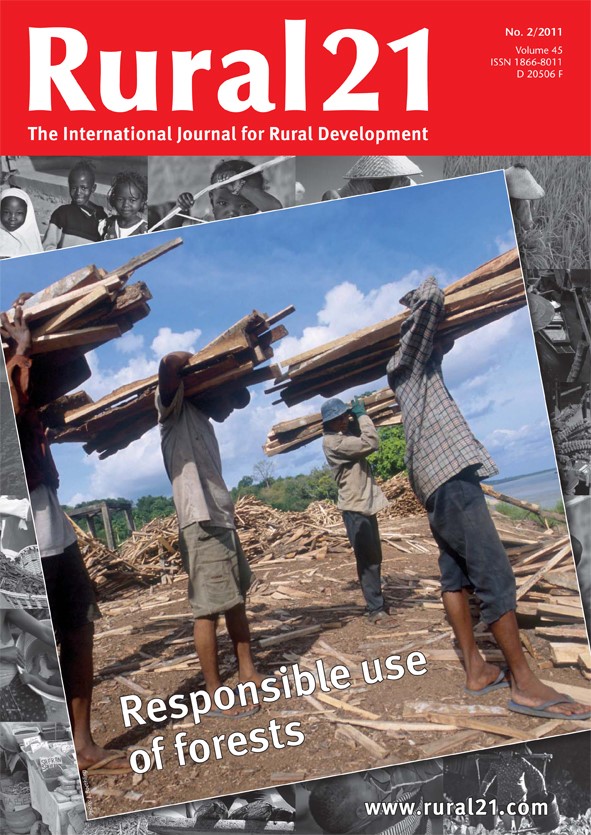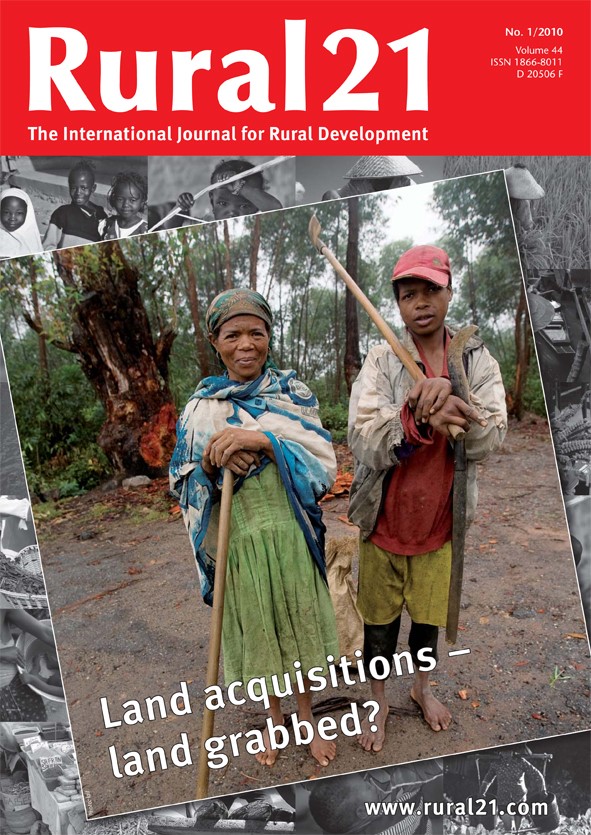On the reform debate over the EU Common Agriculture Policy:
On November 18th 2010, the European Union Commissioner for Agriculture and Rural Development, Dacian Ciolo?, o? cially submitted a communiqué proposing a reorientation of the Common Agricultural Policy (CAP) to the EU Parliament, the EU Council and the public. What does the proposal imply for global agricultural markets and international food matters? Some re? ections.




